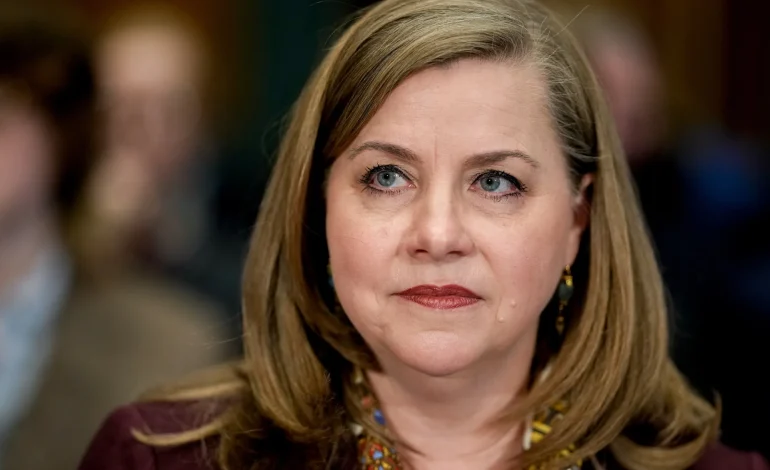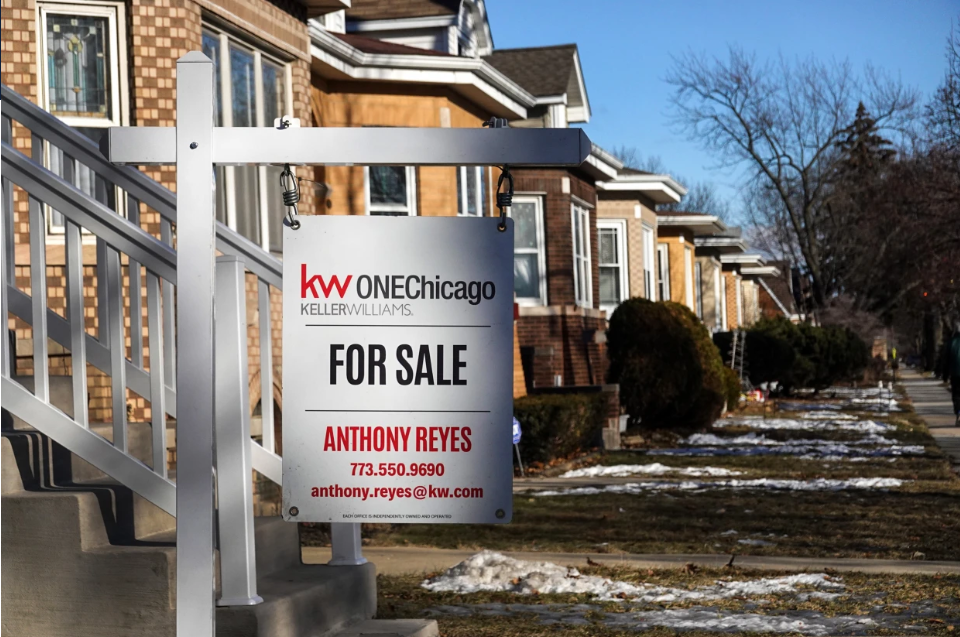The Senate Banking Committee on Tuesday advanced Michelle Bowman’s nomination to become the Federal Reserve’s next vice chair for supervision, positioning the conservative-leaning regulator one step closer to confirmation as the nation’s top banking watchdog, as per Bloomberg.
Bowman, who currently serves as a Fed governor, is expected to take a more industry-friendly approach to oversight compared to her predecessor, Michael Barr, who stepped down earlier this year. A longtime advocate of “tailored” regulation, Bowman has been critical of proposals that would impose stricter capital requirements on large banks, arguing they could stifle lending and economic growth.
She has also called for better coordination among federal financial regulators — an initiative that appears to be gaining traction. Treasury Secretary Scott Bessent earlier this year convened a series of private meetings with Bowman and other key financial officials in an effort to streamline regulatory oversight across agencies.
Bowman’s nomination comes as the Biden administration and Federal Reserve grapple with how to ensure stability in the banking sector while promoting economic resilience. Her confirmation would place her in a powerful role, overseeing supervision of the country’s largest financial institutions at a time of heightened scrutiny over risk management and capital adequacy.
Her nomination has received praise from Republican lawmakers and banking industry groups. Senate Banking Committee Chair Tim Scott said Bowman’s background as both a banker and regulator gives her a “unique skill set” for the role.
However, progressive Democrats have raised alarm over her deregulatory stance. Senator Elizabeth Warren and financial reform advocates like Better Markets argue Bowman’s approach could weaken safeguards put in place after the 2008 financial crisis.
Bowman, a fifth-generation banker and former Kansas state bank commissioner, was first nominated to the Fed’s Board of Governors in 2018. During her recent Senate confirmation hearing, she emphasized the importance of cost-benefit analysis and regulatory efficiency, especially in light of a February executive order from President Donald Trump aimed at centralizing oversight under the White House.










The latest news in your social feeds
Subscribe to our social media platforms to stay tuned